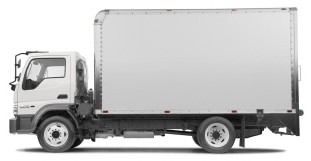
Lots of good info at this site ^
Click here and here.
<< Next page
Oak Ridge National Laboratory research shows that “perfectly installed” fiberglass batts lose 11% of their labeled
R-Value, and that “commonly installed” fiberglass batts lose 28% of their labeled R-value. The article states: “‘R-19’ batts have an R-value of 13.7 when installed as commonly found in actual walls.” This study confirms tests conducted 20 years ago by fiberglass manufacturers, and reveals the surprisingly large disparity between the labeled R-value and the installed R-value of fiberglass batts. The point is that R-Value is not the best measure of insulation and that fiberglass is the worst kind of insulation.
(Adobe Acrobat PDF reader needed) <<< click here
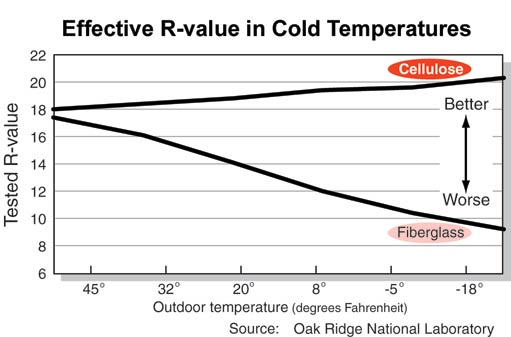
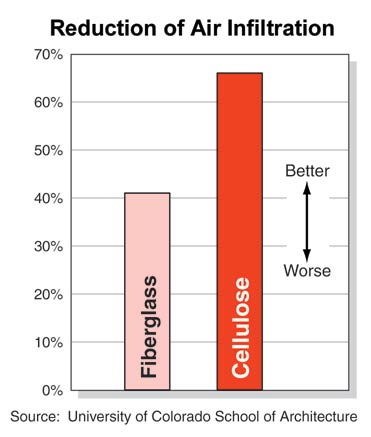
Cellulose is warmer in winter
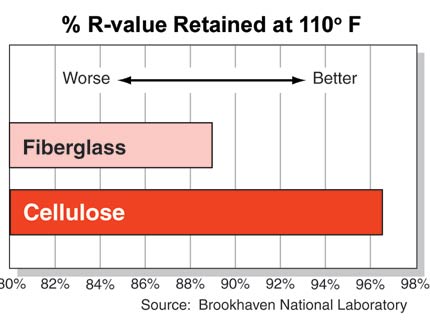
Click on the star.
As the temperature goes below freezing, Fiberglass R-value goes down
Fiberglass R-value gets worse.
Click here for R-value comparisons with FOAM (SPF)
and here >>
( Infiltration defined )

Helping the "Building Green" revolution of energy savings for the planet and the pocket.
See U.S. Government "Green Home" building programs.
Cellulose vs. Fiberglass
The following is a summary of an extensive Natural Resources Defense Council (NRDC) report. The NRDC is a non-profit environmental membership organization with over 300,000 members and contributors nationwide. The NRDC has concluded the following:
- Cellulose insulation manufactured from recycled paper is the least polluting and most energy efficient insulation among conventional insulation products—least polluting at the time of manufacture and during demolition and disposal as waste.
- It takes more than 10 times as much energy to produce fiberglass insulation as cellulose insulation. (Cellulose is a natural fiber. Fiberglass fibers are made from glass.)
- Due to air circulation and natural convection, the R-value of blown-in fiberglass insulation decreases by as much as 50% as the temperature drops from 45 degrees F to 18 degrees F.
- Cellulose has better resistance to air flow and prevents the upward movement of air caused by temperature differences (the R-value of cellulose actually improves during cold weather).
- Substantial and well-documented public health threats are associated with fiberglass.
- No adverse health effects from cellulose insulation have been identified. Fiberglass harms lungs.
"Cellulose is non-toxic.
[conversely: fiberglass IS toxic]
Biologically, cellulose is innocuous."
Dr. Arthur Furst, Toxicologist
"With almost three-quarters of the 2 billion dollars spent by Americans for insulation each year going for the pink fiberglass suspected carcinogen, we may be headed for a 'fatal attraction'. Fortunately, there are alternatives to fiberglass insulation that contain no suspected carcinogen, are environmentally friendly, and utilize recycled materials." http://www.greenguide.com/energynotes (also see other article)
"Fiber Glass - The Asbestos of the 21st Century" See: http://consumerlawpage.com/article/fiber.shtml
Why Cellulose?
- In walls Cellulose can be sprayed into the voids around framing, wiring, plumbing and ducts. It adapts to the irregular spaces and forms a seal. It blanket seals attics, even when over fiberglass.
- Stabilized Cellulose that has been properly installed in your walls and attic will not settle.
- Stabilized Cellulose is non-corrosive to steel, copper and aluminum.
- Stabilized Cellulose will not lose its energy-saving abilities over time. (2-4 times more dense.)
- Stabilized and treated Cellulose resists rodent and pest infestation.
- Cellulose will not rot, decay or mildew, and it does not support fungus or mold growth.
- Cellulose has better fire resistance than fiberglass.
- Other Benefits
- Environmental Impact factors:
- Cellulose retains R-Values as temp goes way up, or way down
ENERGY STAR is a government-backed program helping businesses and individuals protect the environment through superior energy efficiency.
Cellulose is less drafty (better seal)
As the temperature exceeds 100 degrees Fahrenheit in your attic,
the percentage of the original R-value of Fiberglass goes down
due to air movement (infiltration) through the insulation material.
*
*
is cooler in the summer
*
Links and videos:
http://www.cellulose.org/cellulose_video.html (video demonstration)
www.ornl.gov/roofs+walls/insulation (DOE facts)

Our largest cellulose insulation
blowing/reclaiming machine
.Truck with blowing equipment
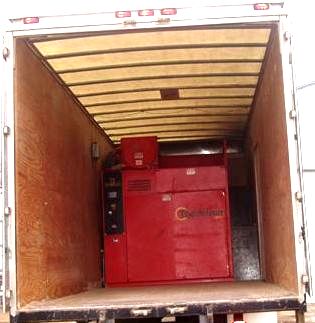
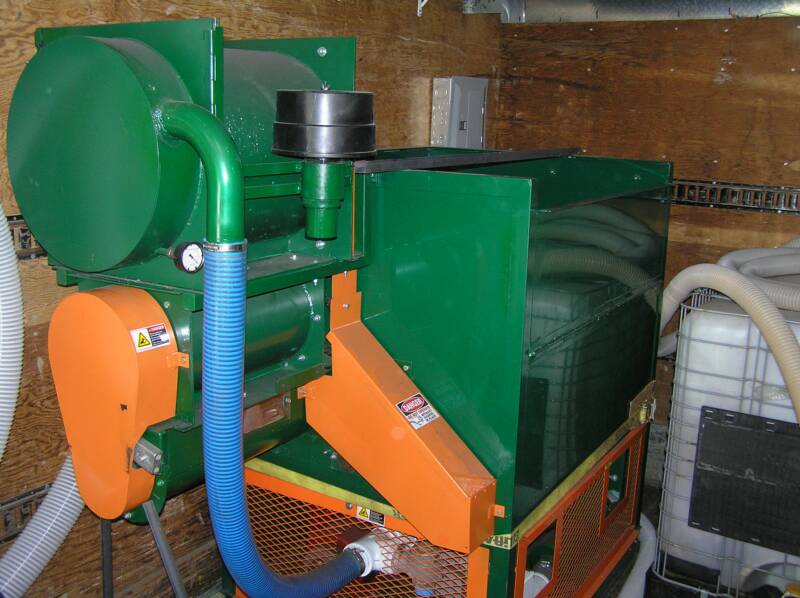

Value Tech Insulation Serves Metro Atlanta
and the Southeast U.S.
770-981-9090
484-991-5162 FAX
Also see >> Oak Ridge Building Envelope Program



